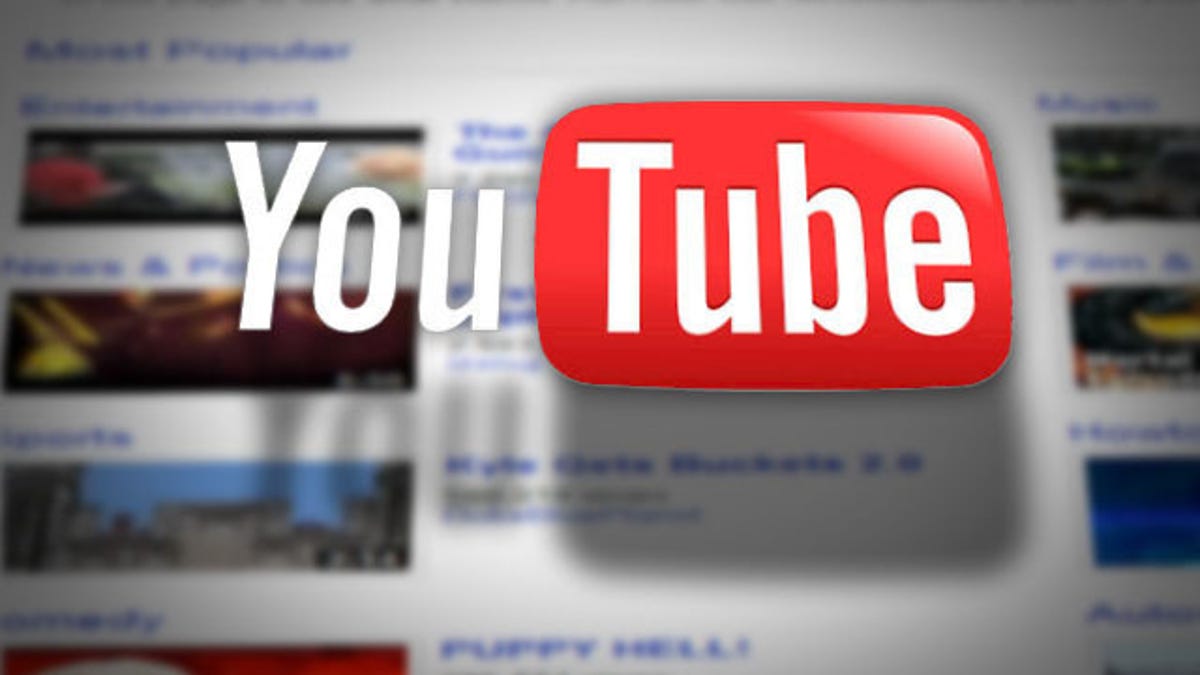Half of YouTube's original video content partners won't make cut
The video-sharing site plans to provide funding to up to 40 percent of its original content partners, Ad Age reports.

Just like programming in the traditional TV world, many YouTube-backed channels providing original programming won't be back for another season.
About a year after the video-sharing site launched an ambitious program to challenge the cable industry by investing $100 million into the development of dozens of new YouTube channels, many of those channels will not receive a second round of funding.
YouTube plans to provide funding to only 30 percent to 40 percent of its original content providers, with programming partners learning their fate over the next couple of weeks, Ad Age reports.
"Our biggest objective was to kick-start the ecosystem, to bring in great creators, to deepen our relationships with advertisers and to grow viewership," YouTube Global Head of Content Jamie Byrne told Ad Age. "We looked at viewership they've been able to achieve, the cost of the content, and from that we are able to determine the channels that are delivering the best return on our investment."
CNET has contacted YouTube for comment and will update this report when we learn more.
Most channel producers -- well-known personalities and content producers from the TV, film, music, news, and sports fields -- were given between $1 million and $5 million to create a couple hours of programming a week. Once that money was recouped through ad dollars, Google and the content creators would split advertising revenues.
The effort proved popular enough that Google opted to expand the borders of its programming by adding 50 international channels, including country-specific channels in France, Germany, and Britain.
YouTube said it is already harvesting the fruit of its labors. The video portal said last month that it is averaging more than a million views per week from its top 25 original channels and that more than 800,000 people are watching 4 billion hours of video every month -- up from 3 billion hours earlier this year. It also said the number of people subscribing has doubled over last year.

